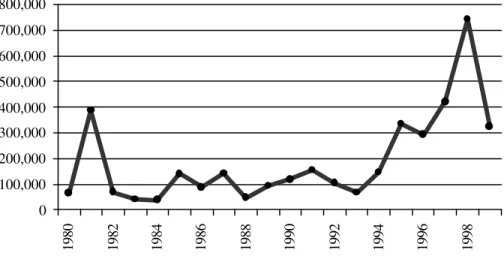Blueprint for the next generation: dengue prevention and control
Texto
Imagem

Documentos relacionados
Since the reintroduction of dengue fever in 1986, about seven million cases of the disease have been reported in Brazil, thousands of which are considered dengue hemorrhagic
Encephalopathy is a rare complication of the dengue virus infection and may occur due to intracranial hemorrhage, cerebral edema, hyponatremia, cerebral anoxia, fulminant
Hence, to follow up on the surveillance program’s early warning-if that program is sensitive enough to de- tect new viruses shortly after their intro- duction,
Hence, antibody levels appropri- ate for contracting dengue and develop- ing severe symptoms could have been reached in our newborns at an age sev- eral months
In man, each of the four types of dengue viruses (DEN-1, DEN-2, DEN-3, and DEN-4) can cause either classical dengue or dengue hemorrhagic fever, and it is not
Puerto Rico’s dengue prevention and control program relies on more effective surveillance as an early warning system that can predict epidemic dengue, and
Methods: Conirmed cases of dengue among city residents during ten years were classiied as dengue fever, dengue hemorrhagic fever, dengue shock syndrome and dengue with
Patients with suspected dengue infection were classifi ed further into 2 groups, dengue fever (DF) or dengue hemorrhagic fever and/or dengue shock syndrome (DHF/DSS), according to